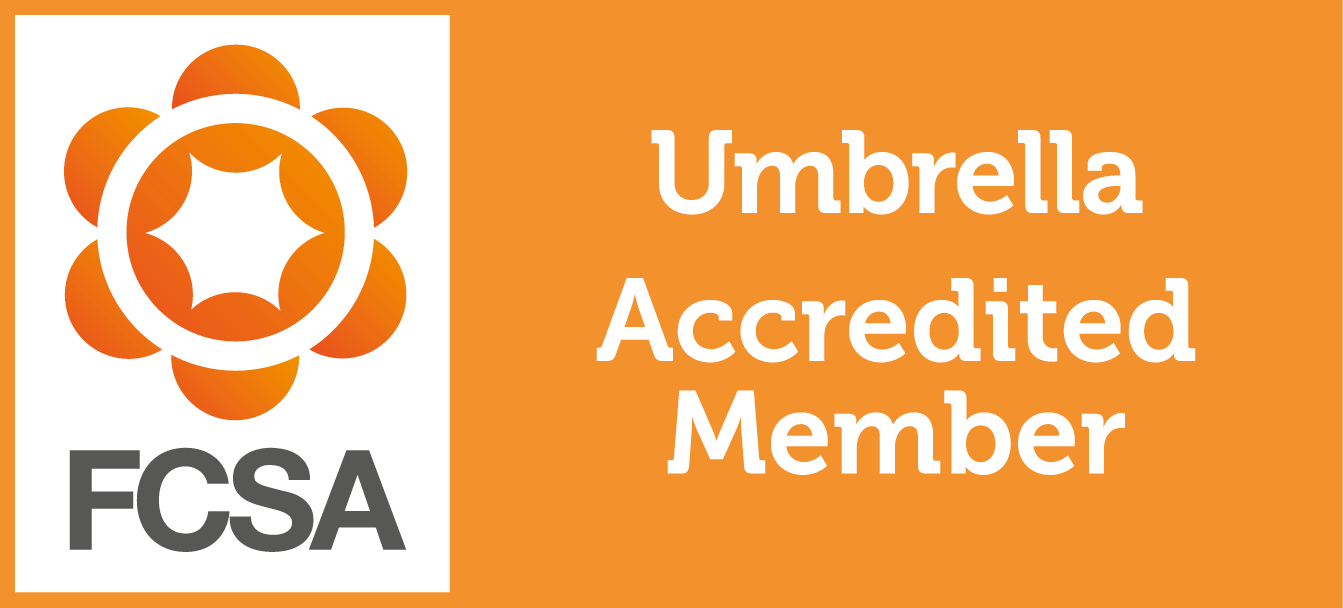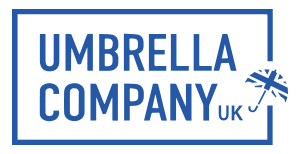
The 2023/24 tax year ends on the 5th of April 2024 and now is the perfect time to make sure you are making the most of your pension. We’ve compiled a list of top tips to help you boost your pension savings before the end of the 2023/24 tax year.
Contribute towards your workplace pension scheme
When you work through an umbrella company, you will automatically be enrolled into their chosen workplace pension scheme. Workplace pension schemes are a great way to save for your future, as pension deductions are automatically paid into your pension plan each time you are paid. It is important to note that you do not have to use their workplace pension scheme, and if you would like to opt-out, you can. If you choose to utilise the umbrella company’s workplace pension scheme, at least 8% of your qualifying earnings will be paid into the workplace pension scheme.
Use your pension allowance
Your pension annual allowance is the total amount your employer, you or any third party can pay into your pension plan in a tax year before a tax charge could apply. The 2023/24 tax year limit is £60,000 or 100% of your earnings, whichever is lower. If your circumstances allow, why not pay more into your pension plan and make the most of your pension allowance before the new tax year starts and your allowance renews?
Carry forward previous years’ unused pension allowance
You can carry forward any unused pension allowances from the last three tax years – after the 5th of April 2024, any unused allowance for the 2020/21 tax year can no longer be carried forward. Carrying forward unused pension allowance is particularly useful if you considering making a large, one-off pension contribution.
Tax relief on pension payments
One of the benefits of saving into a pension is the government boosts your pension contributions through tax relief. The tax relief you receive will depend on your income tax rate. However, most UK taxpayers will get a 20% top-up from the government on their pension payments. The benefits are usually even more if you are a higher or additional-rate taxpayer. Please be aware that you’ll need to claim anything above 20% back from the government, depending on how payments are made into your pension plan.
Salary sacrifice is an excellent way to save tax-efficiently for retirement
Salary sacrifice is an arrangement between employers and employees where you choose to reduce the amount you are paid each payment frequency, and your employer will pay these ‘sacrificed earnings’ into your pension pot. You can receive tax relief and save up to £60,000 per tax year or up to 100% of your annual earnings – whichever is lower. You may also be able to carry forward any unused allowance from previous tax years.
Salary sacrifice is a great way to save tax-efficiently for retirement as you increase the contributions into your pension pot, and contributions to your pension pot are not eligible for tax or National Insurance.
Consider paying more into your pension plan if you receive a Child Benefit
Child benefit is reduced by the High Income Child Benefit Charge when one parent’s income reaches £50,000. Once the income exceeds £60,000, you’ll lose the child benefit completely. However, paying into your pension plan reduces what counts as income. Depending on how much you contribute, it could allow you to receive child benefits as well as contribute to your pension savings at the same time.
Recover any loss to your personal allowance by paying into your pension plan
Most people in the UK get a tax-free personal allowance of £12,570 for the 2023/24 tax year. However, when your taxable income reaches £100,00, your tax-free personal allowance is cut by £1 for every £2 you earn over the £100,000 threshold. You may recover any loss to your personal allowance by paying into your pension plan and reducing your income.
Claim higher rate tax pension relief
Higher rate and additional rate pension tax relief is an extra relief that individuals earning over £50,270 can claim on their personal pension contributions. Higher-rate taxpayers can claim up to 40% in pension tax relief, and additional-rate taxpayers can claim up to 45% in pension tax relief. To benefit from this, you must have made employee or personal contributions to a ‘relief at source’ pension scheme, for example, NEST or any other SIPP provider.
Unlike basic tax relief, which is automatically added to your pension contributions, you will need to actively claim a higher rate or additional rate tax relief on your pension contributions. You can do this through a self-assessment tax return or by contacting HMRC directly. Claiming all available tax reliefs is essential to ensure you get the most value from your pension contributions.
Pay into a spouse’s pension
If your spouse or significant other has a pension, you can also contribute to their pension plan on their behalf. It is possible to receive tax relief on contributions to a spouse’s pension as they are also given an annual £60,000 pension tax-free allowance. Contributing to a spouse’s pension is particularly useful if you’ve already maximised your pension contributions or your spouse isn’t working. As long as your contribution to their pension means their total contributions remain below the allowance, you can pay as much as you like into their pension.
Contribute to a Junior SIPP for each of your children
A tax-efficient way to build a retirement fund for your children is to contribute to a Junior Self-Invested Personal Pension (SIPP). Contributions to a Junior SIPP benefit from the same tax relief as a regular pension. Every year, you can pay up to £2,880, and the government would add £720, bringing the total to £3,600 – this is known as pension tax relief.
Did you know Umbrella Company UK offers a salary sacrifice service?
Salary sacrifice is an excellent way to boost your personal pension pot and make saving for your future easy! If you want to learn more about our salary sacrifice service, please call our friendly team on 01707 669023 or complete the short form on our website. Alternatively, you can request a callback for a later date, and we would be delighted to run through a take-home pay calculation for you and answer any questions you may have.






